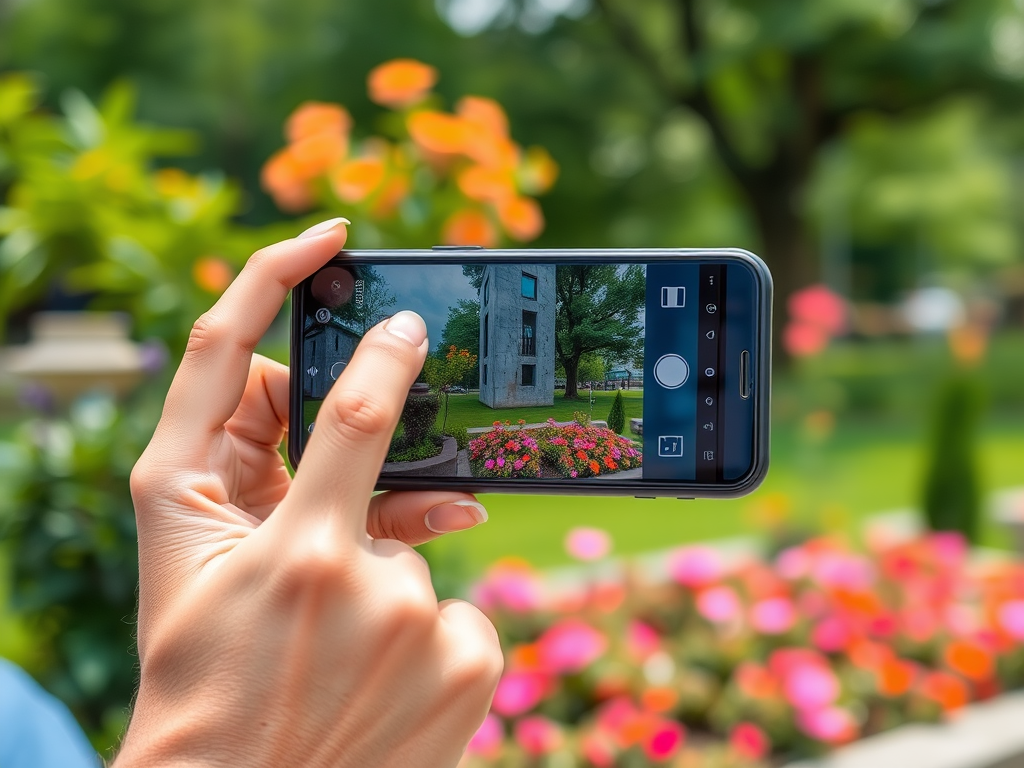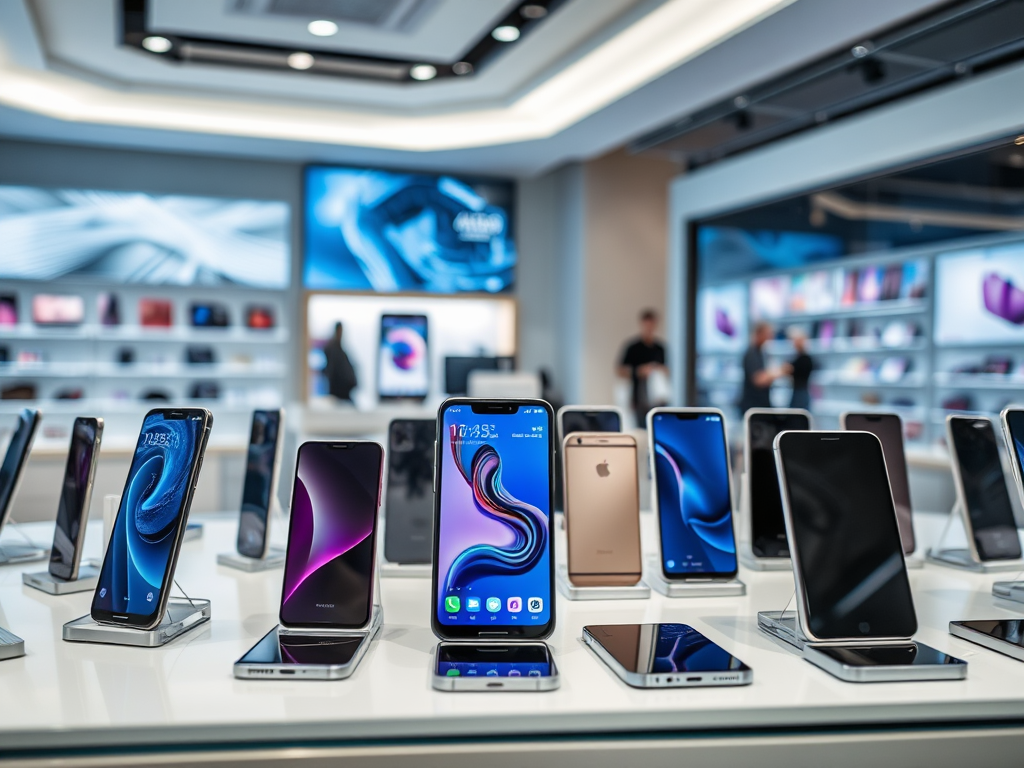In an era characterized by rapid technological advancements, the smartphones we hold in our hands are evolving at an astonishing rate. Consider how just a few years ago, having a phone with a 12-megapixel camera was considered a cutting-edge feature; now, many devices flaunt impressive triple-camera systems with higher megapixels and advanced features. As technology progresses, the specifications of these devices quickly transition from the epitome of innovation to yesterday’s news. For consumers, this poses a question: How do we identify when our phone’s specifications have become obsolete? To answer this, we must explore the vital components of mobile technology, the factors leading to short lifespans, and the key signs indicating it may be time for an upgrade.
When you invest in a smartphone, you naturally desire it to stand the test of time. Nonetheless, understanding the natural lifecycle of phone specifications is essential. This article dissects the progression of phone technology, highlights the factors fueling their obsolescence, and provides consumers with critical insights into making informed purchasing decisions. You’ll not only learn what to look for in a new device, but also how to recognize when your trusted companion is no longer keeping up with the times.
The Evolution of Phone Specifications

As mobile technology advances, the specifications of smartphones—such as processors, displays, and camera quality—undergo significant transformations. Understanding this evolution aids consumers in making well-informed decisions when purchasing new devices. One of the most drastic changes we’ve witnessed is in processor technology, which has leapfrogged over the years.
- Processor Technology: Innovations in chip designs result in faster and more efficient processors. These advancements translate to overall device performance that can handle multitasking with ease.
- Camera Specifications: Modern smartphones feature high-resolution sensors and sophisticated image processing technology, allowing for professional-quality photography right from your pocket.
- Display Technology: The transition from LCD to OLED has redefined user experiences, with improvements in brightness, contrast, and color accuracy that make older models seem dull in comparison.
With technology evolving so swiftly, it often leaves current devices underperforming in terms of functionality and desirability. However, these shifts do not come in isolation; they are intricately linked to other critical factors.
Factors Contributing to Obsolescence

Smartphones exhibit signs of aging long before they cease to function. Recognizing what triggers obsolescence can empower consumers. One of the primary forces driving a device’s entry into the obsolete category is software updates.
Operating systems frequently release updates that introduce new features and enhancements. Unfortunately, older phones often get left behind, missing out on vital security and performance updates that are essential to user experience. When a device no longer supports the latest software, it not only renders it outdated but also less secure.
Hardware limitations are another major player in this phenomenon. As applications grow more complex, older devices with outdated hardware often struggle to keep pace. Furthermore, market trends continually exert pressure on manufacturers to innovate, leaving older devices in the dust. To help visualize this, consider the following table that showcases common phone specifications and their effective lifespan:
| Specification | Effective Lifespan (Years) |
|---|---|
| Processor | 2-3 |
| Camera | 2-4 |
| Display Technology | 3-5 |
| Battery Life | 2-3 |
With these critical elements in mind, it becomes increasingly essential to understand when signs of obsolescence appear in a smartphone.
Signs Your Phone is Becoming Obsolete
As technology progresses, recognizing the signs that your phone is becoming obsolete can help you determine when it’s time for an upgrade. Key indicators often include performance issues, incompatibility with new apps, and a lack of security updates.
- Slow loading times when opening applications.
- Frequent crashing of apps during usage.
- Lagging user interface, particularly when switching between applications.
These performance issues signal that your device may be reaching the end of its useful life. Additionally, consider whether your device can handle the latest applications on the market. If you find you’re unable to download or run critical apps, it may be a clear indication that your phone is lagging behind.
Conclusion
Understanding phone specifications and the factors that contribute to their obsolescence is crucial for consumers to make well-informed decisions. With technology evolving at such a rapid pace, staying updated on the latest trends ensures you are equipped to choose the best device for your needs. Recognizing the signs of aging in your smartphone can save you time and money in the long run, allowing you to enjoy the full capabilities of your device without frustrating limitations.
Frequently Asked Questions
- How often should I upgrade my phone? It’s generally recommended to upgrade every 2-3 years, depending on your needs and how well your current phone performs.
- What specifications should I prioritize when buying a new phone? Focus on the processor, RAM, camera quality, and battery life to ensure a well-rounded device.
- Can I extend the life of my smartphone? Performing regular software updates, clearing cache, and limiting unnecessary applications can help maintain performance.
- Is it worth it to buy last year’s model? Often, last year’s models offer great value as they may still come with powerful specifications at a lower price point.
- What should I do with my old phone? Consider selling, recycling, or donating your old device to extend its life and reduce electronic waste.


